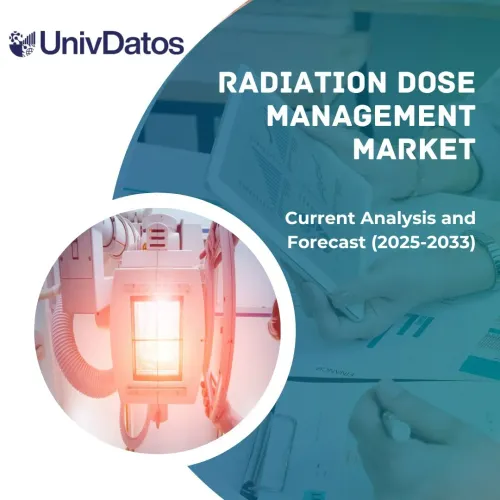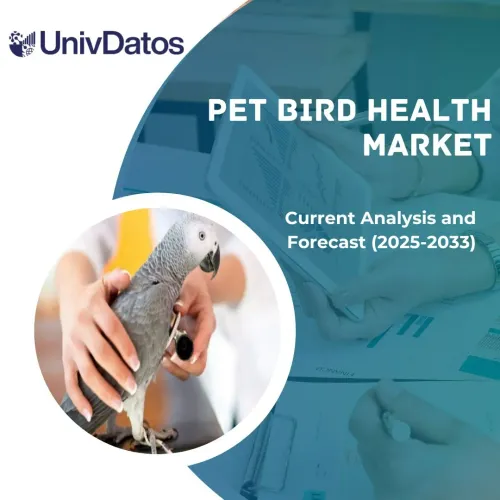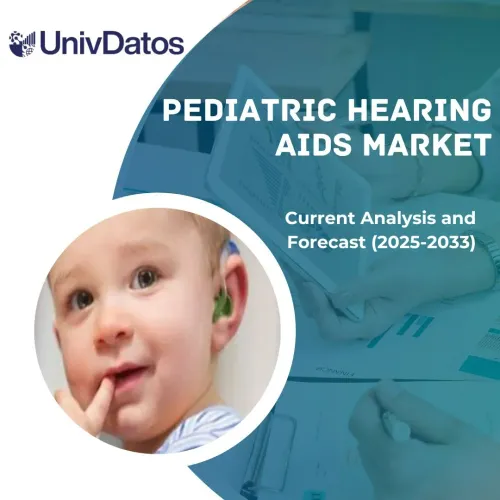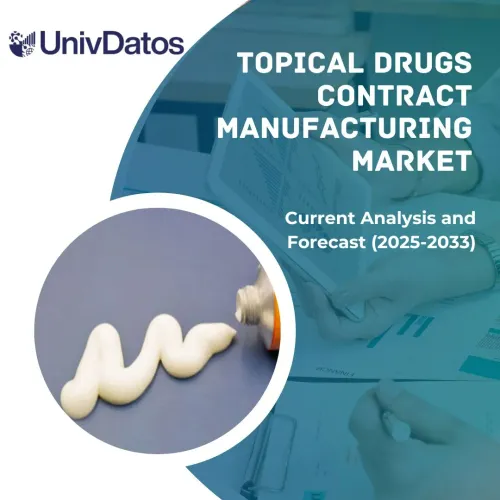- Home
- Chi siamo
- Settore
- Servizi
- Lettura
- Contattaci
Mercato dei trattamenti per l'Herpes Zoster: Analisi attuale e previsioni (2022-2028)
Enfasi sul tipo di trattamento (farmaci antivirali, farmaci antinfiammatori e altri); via di somministrazione (orale, topica e altri); canale di distribuzione (farmacie al dettaglio, farmacie online, farmacie ospedaliere e altri); regione (Nord America, Europa, Asia-Pacifico, Resto del mondo); e regione/paese
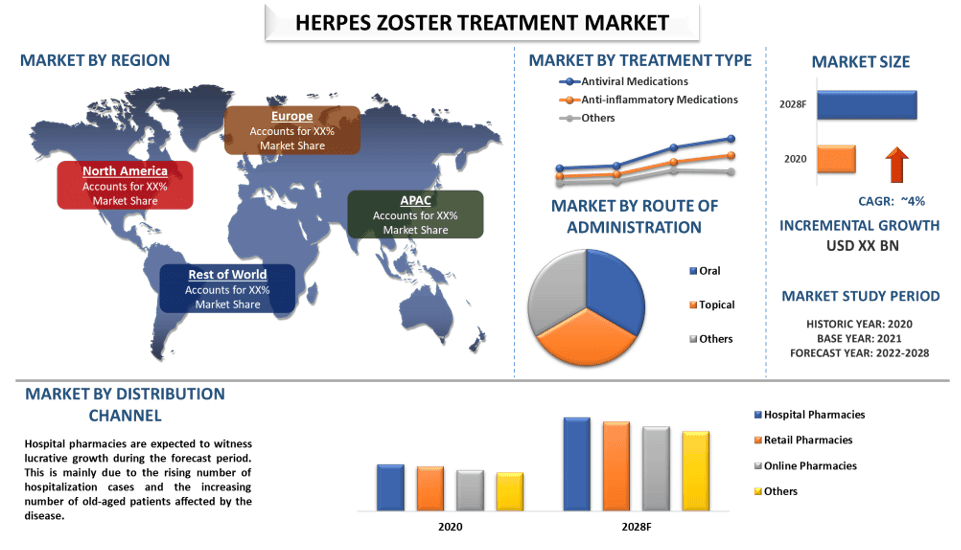
Si prevede che il mercato globale dei trattamenti per l'herpes zoster crescerà a un tasso significativo di circa il 4% durante il periodo di previsione.L'Herpes Zoster è un'eruzione cutanea localizzata, vescicolare e dolorosa causata dalla riattivazione del virus varicella-zoster (VZV). L'Herpes Zoster è anche chiamato fuoco di Sant'Antonio. L'aumento delle incidenze della varicella e la crescente popolazione geriatrica sono i principali fattori che contribuiscono alla crescita del mercato dei trattamenti per l'herpes zoster.Ad esempio, secondo i CDC, circa 4 milioni di persone hanno contratto la varicella ogni anno negli Stati Uniti.
Abbott Laboratory, Bausch Health, Cipla Inc., Camber Pharmaceuticals, GlaxoSmithKline plc, Merck, Novartis AG, Pfizer Inc., Eli Lilly and Co. e Teva Pharmaceutical Industries Ltd. sono alcuni degli attori chiave del mercato. Diverse fusioni e acquisizioni insieme a partnership sono state intraprese da questi attori per fornire ai clienti prodotti/tecnologie innovative e ad alta tecnologia.
Approfondimenti presentati nel rapporto
“Tra i tipi di trattamento, la categoria degli antivirali registrerà un CAGR più elevato durante il periodo di previsione”
In base al tipo di trattamento, il mercato è stato suddiviso in farmaci antivirali, farmaci antinfiammatori e altri. La categoria degli antivirali registrerà un CAGR più elevato durante il periodo di previsione a causa della crescente domanda di un trattamento migliore contro la causa principale della malattia. Inoltre, l'aumento della popolazione geriatrica e la crescente prevalenza della malattia in essa sono anche i principali fattori che influenzano le dinamiche di mercato del segmento dei farmaci antivirali nel mercato dei trattamenti per il fuoco di Sant'Antonio.
“Tra le vie di somministrazione, i farmaci orali deterranno una quota significativa del mercato nel 2020”
In base alla via di somministrazione, il mercato è stato suddiviso in orale, topica e altri. Tra questi, l'orale deterrà una quota significativa del mercato nel 2020. Ciò è dovuto principalmente alla crescente domanda di farmaci antinfiammatori e farmaci antivirali che sono per lo più disponibili sotto forma di compresse e capsule. Inoltre, la facilità di consumo dei farmaci orali è anche un fattore importante per la crescita segmentale.
“Tra i canali di distribuzione, il segmento delle farmacie online detiene la quota maggiore”
In base ai canali di distribuzione, il mercato dei trattamenti per l'herpes zoster è suddiviso in farmacie al dettaglio, farmacie ospedaliere e farmacie online. Le farmacie ospedaliere hanno conquistato una quota di mercato significativa nel 2020 e si prevede che cresceranno a un ritmo rapido nei prossimi anni. Ciò è dovuto alla crescente prevalenza di malattie croniche, all'aumento degli interventi chirurgici e all'aumento del tasso di ospedalizzazione, uno dei principali fattori responsabili della crescita del mercato delle farmacie ospedaliere.Ad esempio, secondo i CDC, fino al 4% delle persone che contraggono il fuoco di Sant'Antonio vengono ricoverate in ospedale per complicanze. Gli adulti di età pari o superiore a 65 anni e le persone con sistema immunitario indebolito o soppresso hanno maggiori probabilità di essere ricoverati.
“Il Nord America deterrà una quota significativa del mercato”
Per una migliore comprensione dell'adozione del mercato del settore dei trattamenti per l'herpes zoster, il mercato viene analizzato in base alla sua presenza in tutto il mondo in paesi come Nord America (Stati Uniti, Canada e resto del Nord America), Europa (Germania, Francia, Italia, Spagna, Regno Unito e resto d'Europa), Asia-Pacifico (Cina, Giappone, India, Australia e resto dell'APAC) e resto del mondo. Nel 2020, il Nord America ha detenuto una quota significativa del mercato globale dei trattamenti per l'herpes zoster. Ciò è principalmente attribuito alla presenza dei principali attori nella regione insieme all'aumento dei casi di herpes zoster, la regione è attribuita alla crescita del mercato dei trattamenti per lo zoster nella regione.Ad esempio, secondo i CDC, si stima che un milione di casi di herpes zoster si verifichino annualmente negli Stati Uniti. L'incidenza dell'Herpes Zoster è di circa 4 casi ogni 1.000 abitanti degli Stati Uniti ogni anno. L'incidenza tra le persone di età pari o superiore a 60 anni è di circa 1 caso ogni 100 abitanti degli Stati Uniti ogni anno.
Motivi per acquistare questo rapporto:
- Lo studio include analisi delle dimensioni del mercato e delle previsioni convalidate da esperti chiave del settore autenticati.
- Il rapporto presenta una rapida panoramica delle prestazioni complessive del settore a colpo d'occhio.
- Il rapporto copre un'analisi approfondita degli importanti attori del settore con particolare attenzione ai principali dati finanziari aziendali, al portafoglio prodotti, alle strategie di espansione e agli sviluppi recenti.
- Esame dettagliato dei driver, dei vincoli, delle tendenze chiave e delle opportunità prevalenti nel settore.
- Lo studio copre in modo completo il mercato in diversi segmenti.
- Analisi approfondita a livello regionale del settore.
Opzioni di personalizzazione:
Il mercato globale dei trattamenti per l'herpes zoster può essere ulteriormente personalizzato in base alle esigenze o a qualsiasi altro segmento di mercato. Oltre a ciò, UMI comprende che potresti avere le tue esigenze aziendali, quindi sentiti libero di metterti in contatto con noi per ottenere un rapporto che soddisfi completamente le tue esigenze.
Indice
Metodologia di ricerca per l'analisi del mercato dei trattamenti per l'Herpes Zoster (2022-2028)
L'analisi del mercato storico, la stima del mercato attuale e la previsione del mercato futuro del mercato globale dei trattamenti per l'herpes zoster sono stati i tre passaggi principali intrapresi per creare e analizzare l'adozione dei principali trattamenti per l'herpes zoster a livello globale. Un'esauriente ricerca secondaria è stata condotta per raccogliere i numeri storici del mercato e stimare le dimensioni attuali del mercato. In secondo luogo, per convalidare questi approfondimenti, sono state prese in considerazione numerose scoperte e ipotesi. Inoltre, sono stati condotti ampi colloqui primari con esperti del settore in tutta la catena del valore del mercato globale dei trattamenti per l'herpes zoster. Dopo l'assunzione e la convalida dei numeri di mercato attraverso interviste primarie, abbiamo impiegato un approccio top-down/bottom-up per prevedere le dimensioni complete del mercato. Successivamente, sono stati adottati metodi di scomposizione del mercato e di triangolazione dei dati per stimare e analizzare le dimensioni del mercato dei segmenti e dei sottosegmenti del settore a cui si riferisce. La metodologia dettagliata è spiegata di seguito:
Analisi delle dimensioni storiche del mercato
Fase 1: Studio approfondito delle fonti secondarie:
È stato condotto uno studio secondario dettagliato per ottenere le dimensioni storiche del mercato dei trattamenti per l'herpes zoster attraverso fonti interne all'azienda comerelazioni annuali e bilanci, presentazioni delle prestazioni, comunicati stampa, ecc.e fonti esterne tra cuiriviste, notizie e articoli, pubblicazioni governative, pubblicazioni dei concorrenti, rapporti settoriali, database di terze parti e altre pubblicazioni credibili.
Fase 2: Segmentazione del mercato:
Dopo aver ottenuto le dimensioni storiche del mercato dei trattamenti per l'herpes zoster, abbiamo condotto un'analisi secondaria dettagliata per raccogliere approfondimenti e quote di mercato storici per diversi segmenti e sottosegmenti per le principali regioni. I segmenti principali sono inclusi nel rapporto come tipo di trattamento, via di somministrazione e canale di distribuzione. Ulteriori analisi a livello di paese sono state condotte per valutare l'adozione complessiva dei modelli di test in quella regione.
Fase 3: Analisi dei fattori:
Dopo aver acquisito le dimensioni storiche del mercato dei diversi segmenti e sottosegmenti, abbiamo condotto un'analisi dettagliataanalisi dei fattoriper stimare le dimensioni attuali del mercato dei trattamenti per l'herpes zoster. Inoltre, abbiamo condotto un'analisi dei fattori utilizzando variabili dipendenti e indipendenti come vari tipi di trattamento, vie di somministrazione e canali di distribuzione dell'herpes zoster. È stata condotta un'analisi approfondita degli scenari della domanda e dell'offerta considerando le principali partnership, fusioni e acquisizioni, espansione del business e lanci di prodotti nel settore dei trattamenti per l'herpes zoster in tutto il mondo.
Stima e previsione delle dimensioni attuali del mercato
Dimensioni attuali del mercato:Sulla base di approfondimenti attuabili derivanti dai 3 passaggi precedenti, siamo arrivati alle dimensioni attuali del mercato, ai principali attori nel mercato globale dei trattamenti per l'herpes zoster e alle quote di mercato dei segmenti. Tutte le quote percentuali richieste, le divisioni e le scomposizioni del mercato sono state determinate utilizzando l'approccio secondario sopra menzionato e sono state verificate tramite interviste primarie.
Stima e previsioni:Per la stima e la previsione del mercato, sono stati assegnati pesi a diversi fattori tra cui driver e tendenze, vincoli e opportunità disponibili per le parti interessate. Dopo aver analizzato questi fattori, sono state applicate tecniche di previsione pertinenti, ad esempio l'approccio top-down/bottom-up, per arrivare alla previsione del mercato per il 2028 per diversi segmenti e sottosegmenti nei principali mercati a livello globale. La metodologia di ricerca adottata per stimare le dimensioni del mercato comprende:
- Le dimensioni del mercato del settore, in termini di ricavi (USD) e il tasso di adozione del mercato dei trattamenti per l'herpes zoster nei principali mercati a livello nazionale
- Tutte le quote percentuali, le divisioni e le scomposizioni dei segmenti e dei sottosegmenti di mercato
- Attori chiave nel mercato globale dei trattamenti per l'herpes zoster in termini di prodotti offerti. Inoltre, le strategie di crescita adottate da questi attori per competere nel mercato in rapida crescita
Validazione delle Dimensioni e della Quota di Mercato
Ricerca Primaria:Sono stati condotti colloqui approfonditi con i Key Opinion Leader (KOL) inclusi Top Level Executives (CXO/VP, Responsabile Vendite, Responsabile Marketing, Responsabile Operativo, Responsabile Regionale, Responsabile Nazionale, ecc.) in tutte le principali regioni. I risultati della ricerca primaria sono stati quindi riassunti e sono state eseguite analisi statistiche per dimostrare l'ipotesi dichiarata. Gli input della ricerca primaria sono stati consolidati con i risultati secondari, trasformando così le informazioni in approfondimenti utili.
Suddivisione dei Partecipanti Primari in Diverse Regioni
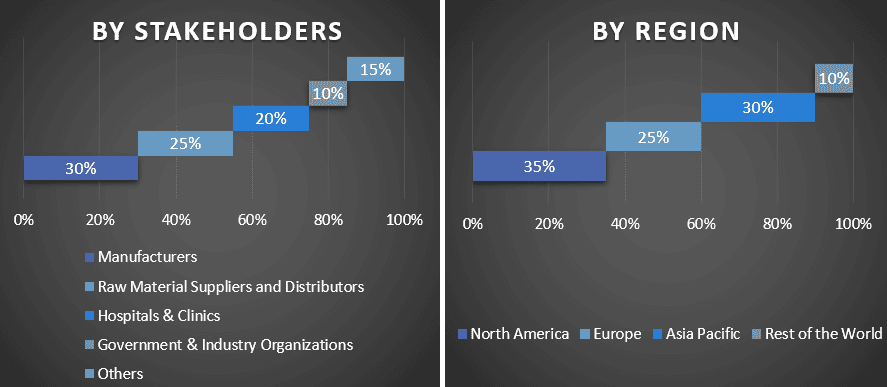
Ingegneria del Mercato
La tecnica di triangolazione dei dati è stata impiegata per completare la stima complessiva del mercato e per ottenere numeri statistici precisi per ogni segmento e sotto-segmento del mercato globale dei trattamenti per l'herpes zoster. I dati sono stati suddivisi in diversi segmenti e sotto-segmenti dopo aver studiato vari parametri e tendenze nelle aree del tipo di trattamento, della via di somministrazione e del canale di distribuzione nel mercato globale dei trattamenti per l'herpes zoster.
L'obiettivo principale dello Studio sul Mercato Globale dei Trattamenti per l'Herpes Zoster
Le attuali e future tendenze del mercato globale dei trattamenti per l'herpes zoster sono state individuate nello studio. Gli investitori possono ottenere informazioni strategiche per basare le loro decisioni di investimento sull'analisi qualitativa e quantitativa eseguita nello studio. Le attuali e future tendenze del mercato hanno determinato l'attrattiva complessiva del mercato a livello regionale, fornendo una piattaforma per i partecipanti industriali per sfruttare il mercato inesplorato per beneficiare di un vantaggio da pioniere. Altri obiettivi quantitativi degli studi includono:
- Analizzare le dimensioni attuali e previste del mercato dei trattamenti per l'herpes zoster in termini di valore (USD). Inoltre, analizzare le dimensioni attuali e previste del mercato di diversi segmenti e sotto-segmenti
- I segmenti nello studio includono aree di tipo di trattamento, via di somministrazione e canale di distribuzione.
- Definizione e analisi del quadro normativo per l'industria dei trattamenti per l'herpes zoster.
- Analizzare la catena del valore coinvolta con la presenza di vari intermediari, insieme all'analisi dei comportamenti dei clienti e dei concorrenti del settore.
- Analizzare le dimensioni attuali e previste del mercato dei trattamenti per l'herpes zoster per le principali regioni.
- I principali paesi delle regioni studiate nel rapporto includono Asia Pacifico, Europa, Nord America e il resto del mondo.
- Profili aziendali del mercato dei trattamenti per l'herpes zoster e le strategie di crescita adottate dagli operatori del mercato per sostenere il mercato in rapida crescita
- Analisi approfondita a livello regionale del settore
Correlati Report
I clienti che hanno acquistato questo articolo hanno acquistato anche


